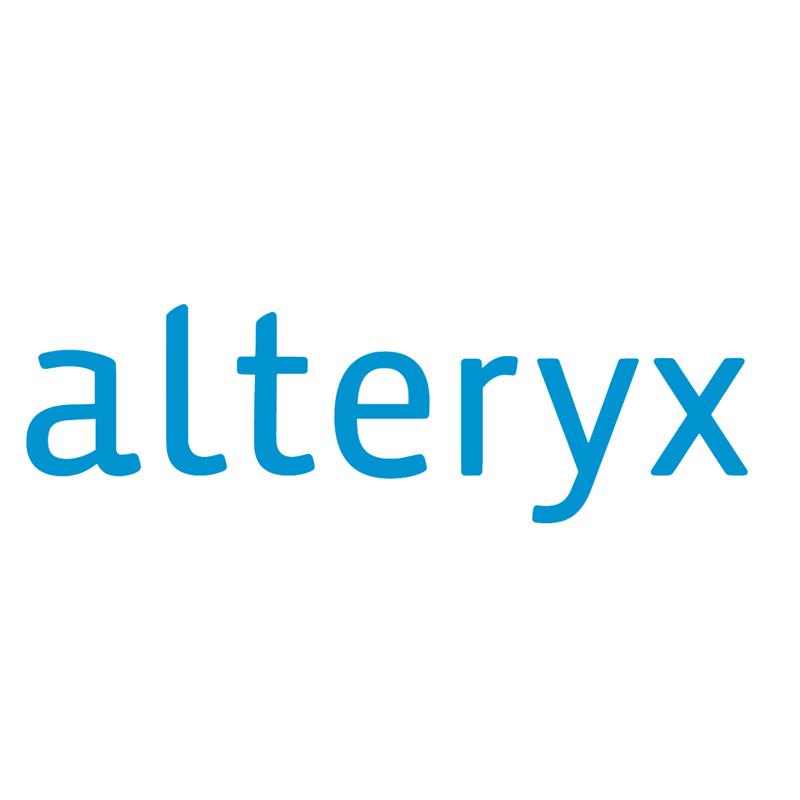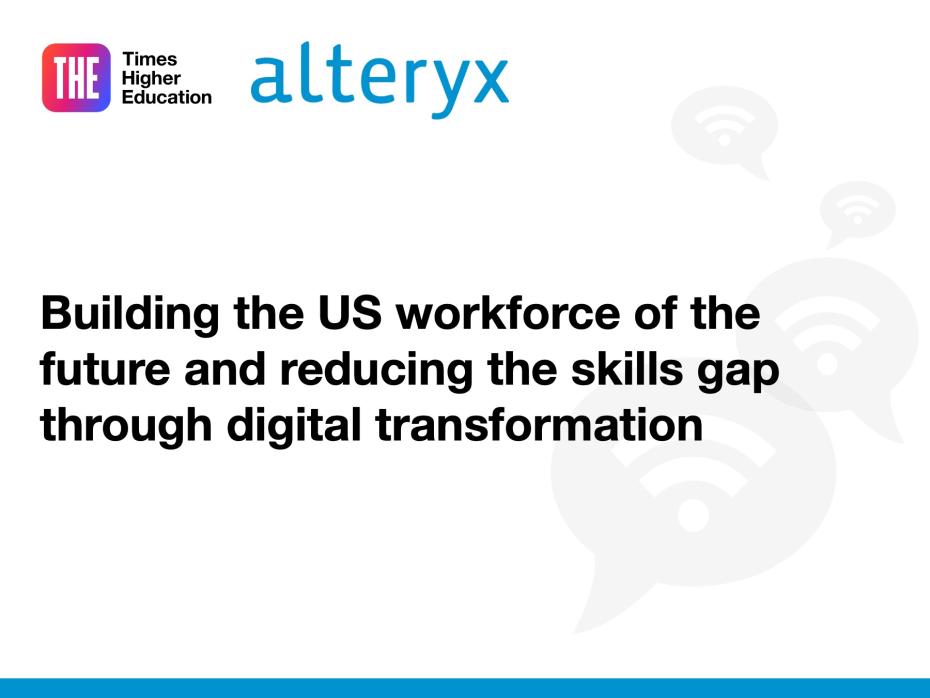
Using critical thinking and interrogation skills to harness the power of AI
“We are truly in the Wild West of development, things are changing almost on a daily basis,” said Duncan Houldsworth, clinical assistant professor of management science at Chapman University’s Argyros School of Business and Economics.
Speaking at a Times Higher Education webinar, held in partnership with Alteryx, Houldsworth said AI is a tool for augmentation rather than a replacement for human input. “As people interested in the education of students, we’re looking at tools that will augment their learning and comprehension and abilities.”
With the emergence of ChatGPT, generative AI is a huge topic in higher education, the panel agreed. “We’re at a pivotal moment in our journey with technology,” said Jason Belland, global vice-president of Alteryx SparkED. At this stage, guardrails and guidelines need to be considered for future use, as well as tackling bias and inaccuracy.
AI’s ability to “hallucinate” – generate inaccurate information from its own data – was also flagged by the panel. Houdlsworth said that even incorrect information can create new interpretations and spark discussion. Vitally, AI’s potential for inaccurate data means learners must develop their critical thinking and analysis skills. Houldsworth noted that there isn’t perfection in any statistical modelling or analysis, and all data needs to be interrogated, whatever the source.
Belland said the use of AI pushes students’ critical thinking further than ever before and requires a new way of teaching and learning. “This is different because we’re creating new knowledge. It’s inviting a new pedagogical approach in the classroom.”
Heather Harris, field chief data and analytics officer at Alteryx, likened the practical application of AI to the help that scientific calculators and computers provided during her tech career. “It gave me a higher starting point so that I could go deeper and solve more complex problems,” she said. “It removed some of those more tedious tasks.”
Integration across universities should be holistic, and all disciplines should be involved, the panel agreed. People with STEM backgrounds need input from social science, liberal arts and philosophy experts to shape the way this technology is used and to question ethical and practical applications.
AI can also be used to help at-risk students by providing expert guidance and “always on” support, Belland said.
Generative AI is browser-based, which can further the democratisation of education, Houldsworth said. “The power of this movement of technology is that it gives access to vast amounts of information in an accessible way that we’ve never had before.” The panel agreed that as long as it remains free and biases are checked, everybody has the chance to use AI.
While higher education is rapidly adjusting to integrate AI, current students and those in the workplace need to commit to lifelong learning, the panel said. Harris suggested the alternative wording of “lifelong opportunity”. She said ongoing education shouldn’t just be seen as learning new tools but also learning how to think differently about data and problem solving.
Closer collaboration between higher education and industry is also required and can be beneficial for both, the panel heard. Houldsworth suggested it’s beneficial for students to work on real-world projects and for industry to provide real-world data to universities.
The panel:
- Jason Belland, global vice-president, Alteryx SparkED
- Heather Harris, field chief data and analytics officer, Alteryx
- Duncan Houldsworth, clinical assistant professor of management science, Argyros School of Business and Economics, Chapman University
- Ashton Wenborn, branded content editor, Times Higher Education (chair)
Watch the webinar on demand above or on the THE Connect YouTube channel.
Find out more about Alteryx.

